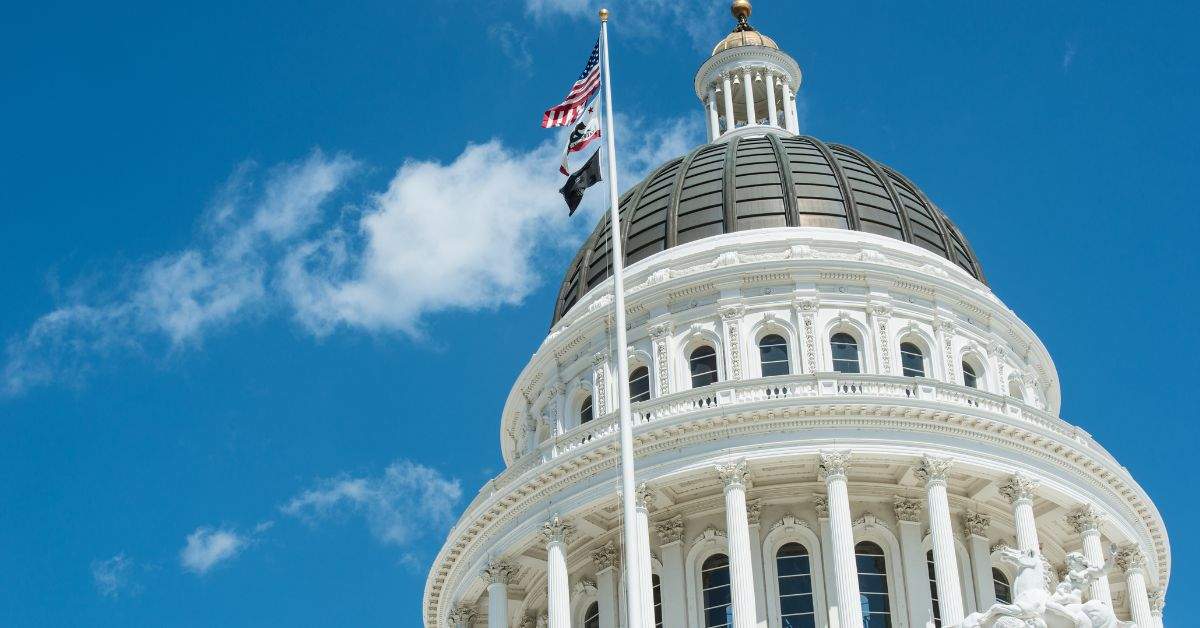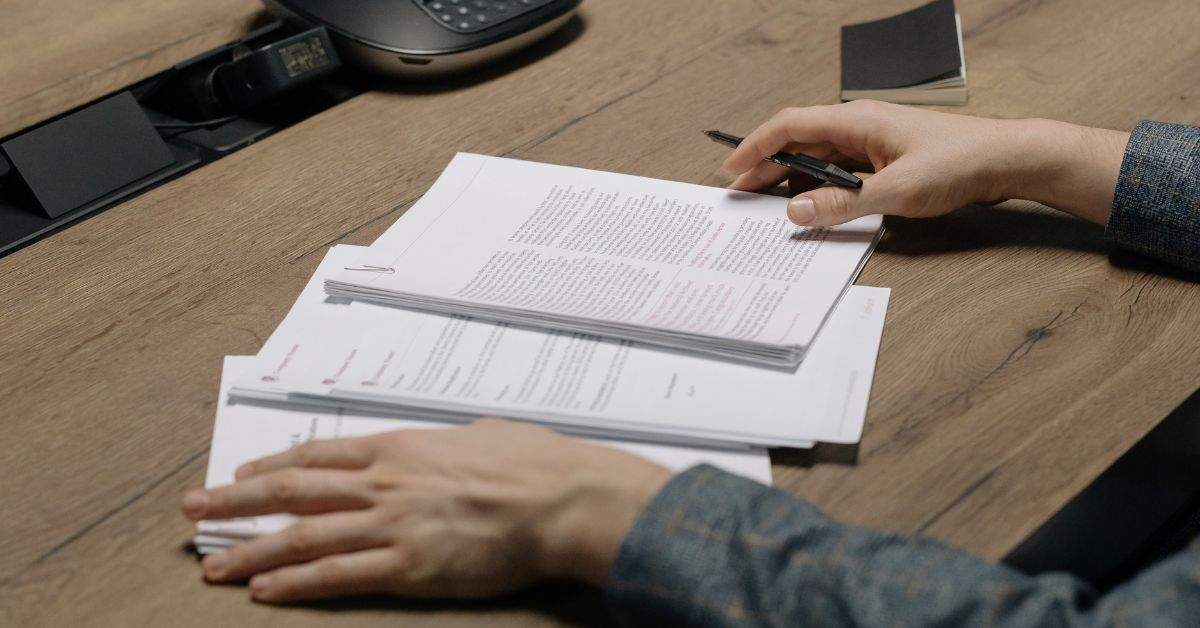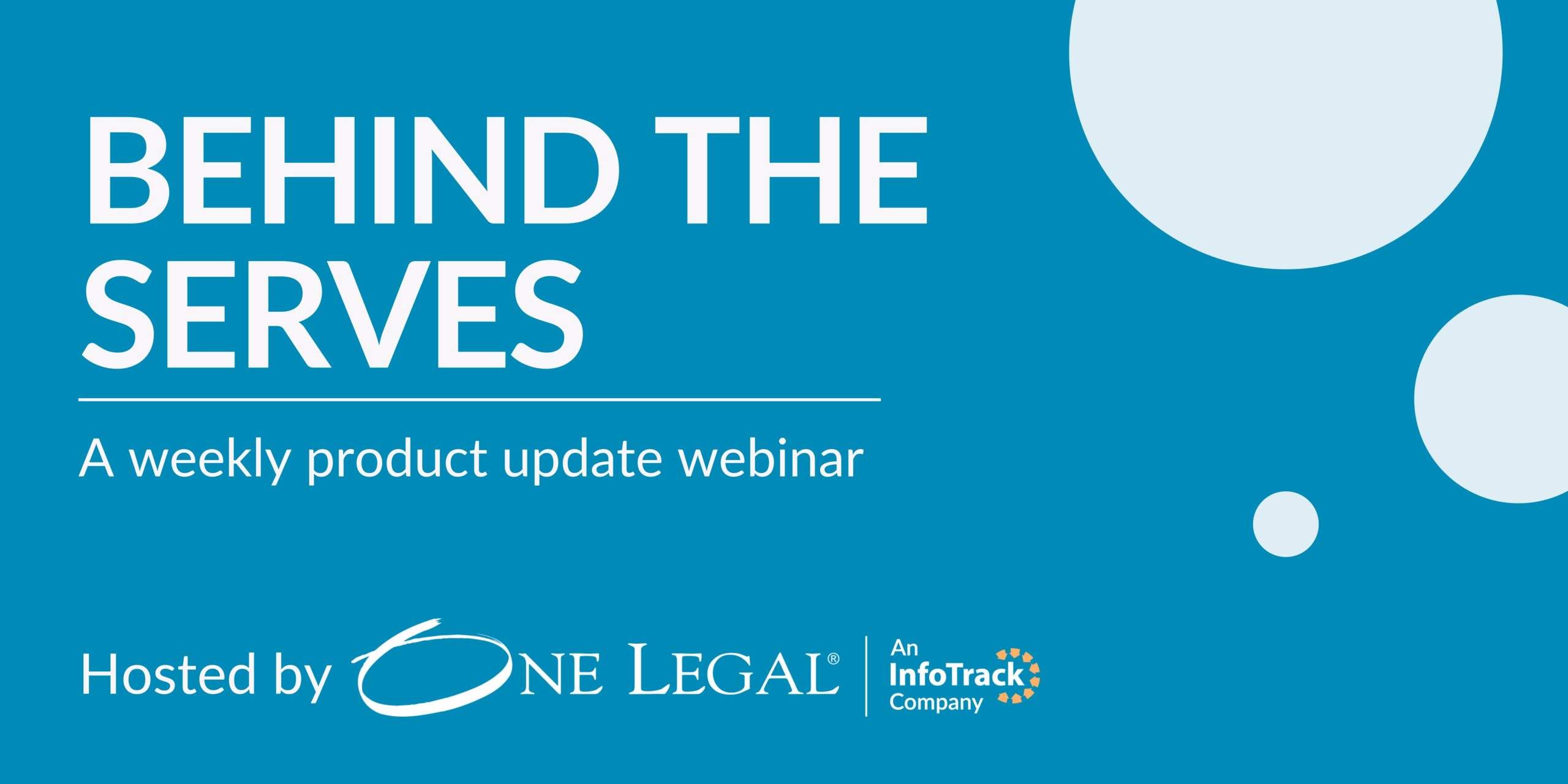If you want to be an effective business attorney, understanding what a litigation hold is can be absolutely critical to your practice.
For those of you who are unfamiliar with the term, a litigation hold is an evidence preservation process that aims to stave off the somewhat natural (if not sneaky) inclination to destroy evidence that may make someone (or some organization) look bad in a dispute.
Could we wax poetic on the sad necessity of such a mechanism in today’s society? Sure, but what good would that do us?
Instead, this article aims to break down the often-confusing concept of litigation holds, with the goal of ensuring that you and your clients are in the best position possible to give everyone a fair shot in litigation.
Obviously, there’s a lot to discuss here so let’s dive in head-first:
What is a litigation hold?
We’ll be short and sweet here: A litigation hold, also known as a legal hold, is a directive issued within an organization to preserve all forms of relevant information when a dispute arises.
It serves as a critical first step in the process of evidence preservation, which, of course, is a cornerstone of the discovery process.
Legal framework in California
Understanding litigation holds in California requires familiarity with both federal and state-specific laws that govern the preservation of evidence.
This is because several of the most influential rules and rulings in this area stem from federal practice. Indeed, the State Bar of California Standing Committee on Professional Responsibility and Conduct recognized as much in a formal opinion on the matter (see FN 5).
So, let’s start our analysis with the Federal Rules. The duty to preserve relevant information for litigation is derived from the Federal Rules of Civil Procedure (FRCP) 26, which outlines the discovery process, and Rule 37(e), which addresses the failure to preserve electronically stored information (ESI).
California Rule of Professional Conduct 3.4 mimics the Federal Rules in several respects. Most importantly, however, the California Rule specifically prohibits a lawyer from, among other things:
- Unlawfully obstructing another party’s access to evidence;
- Unlawfully altering, destroying, or concealing a document or other material having potential evidentiary value; or
- Suppressing any evidence that the lawyer’s client has a legal obligation to reveal or produce.
While the prohibition on destroying evidence is relatively straightforward, it is critically important to understand when the duty to preserve begins and what it encompasses.
The duty to preserve evidence begins earlier than you might think. In the case of Apple Inc. v. Samsung Electronics, the court instructed that the duty begins “from the moment litigation is anticipated,” not necessarily when a lawsuit is filed. This anticipation could arise from several scenarios, such as receiving a notice of legal action, discovering significant issues internally that might lead to litigation, or even public announcements of legal challenges by other entities in similar situations.
As for what needs to be preserved, the courts have taken an equally broad stance. In the case of In re Napter, Inc. Copyright Litigation, for example, the Northern District of California opined that the duty extends to any evidence that an organization “knows or reasonably should know is relevant to the action” and cautioned that “courts may impose sanctions against a party that merely had notice that the destroyed evidence was potentially relevant.” (Emphasis added).
The duty to preserve naturally extends to many forms of communication, including electronic documents, emails, texts, social media posts, recordings, and just about every other form of digital communication (but don’t forget good, old-fashioned pieces of paper as well).
While some people may be tempted to debate the practical application of these broad mandates, it’s your job, as a legal professional, to make sure your clients don’t run afoul of these rules. Let’s take a look at how you can do that.
Implementing litigation holds
As noted above, the process by which relevant evidence is preserved is called a litigation hold. The process typically begins with the issuance of the “litigation hold notice”, which is a formal communication sent to all employees, contractors, or any individuals who might possess relevant information. This notice should clearly explain the nature of the litigation hold, the types of information that need to be preserved, and the actions recipients must take to comply.
Here’s a breakdown of the steps necessary for successfully navigating this process from start to finish:
Identification of custodians
The first step involves identifying records custodians, or other individuals who have control over potentially relevant information. This requires a thorough understanding of the issues at hand and the types of information that may be relevant to the litigation.
Generally speaking, effective implementation of a litigation hold requires close coordination with an organization’s IT department and records management team. This ensures that electronic data is preserved in accordance with the hold requirements, including suspending automatic deletion policies or retrieving information from backup systems.
Scope of preservation
Beyond the (massive) issue of relevance, determining the physical scope of information to be preserved is crucial. This includes all forms of ESI, such as emails, documents, text messages, and any other digital or physical records or recordings that could be pertinent to the case.
Issuance of the hold notice
The litigation hold notice must be drafted clearly and comprehensively, ensuring that all recipients understand their obligations. It should outline the reasons for the hold, specify the types of information to be preserved, and provide instructions on how to comply.
Ensuring compliance
Following the issuance of the hold notice, lawyers should help their clients come up with concrete ways to ensure compliance. This may involve periodic reminders, training sessions, or audits to verify that information is being properly preserved.
Ongoing management
Litigation holds are not static, and they don’t tend to end clearly. Rather, they require ongoing management to adapt to changes in the scope of litigation or to incorporate new information as it becomes available. This may necessitate updates to the hold notice or additional communications with custodians.
Technological considerations for litigation holds
Given the plethora of communication technologies available to businesses today, legal professionals need to be especially mindful of the various technologies that may impact their clients’ litigation holds.
Here are the key issues to watch for:
Digital data management
One of the biggest technological considerations at play in any litigation hold is the management of digital data. This involves the identification, preservation, and collection of ESI in a manner that maintains its integrity and authenticity.
Legal teams must work closely with IT departments to ensure that data is not only preserved but also protected against accidental or intentional alteration or deletion.
Data mapping
Understanding the organization’s data landscape through data mapping is critical. This process involves identifying where the organization’s data is stored, including on-premises servers, cloud storage, and third-party services.
A thorough data map aids in efficiently implementing litigation holds by quickly identifying relevant data sources.
Use of software tools
Leveraging technology to facilitate litigation holds is increasingly common. Software tools can automate the identification and preservation of relevant data, track custodian acknowledgments, and provide audit trails to demonstrate compliance with the hold requirements.
These tools are particularly useful in managing the volume and complexity of data in large organizations or complex litigation scenarios.
Cloud computing challenges
With the immense popularity of cloud computing, legal professionals face additional challenges in ensuring that data stored in the cloud is adequately preserved.
This may involve negotiations with cloud service providers to ensure that litigation hold capabilities are included in service agreements and that data can be retrieved in a legally compliant manner.
Social media and mobile devices
The proliferation of social media and the use of mobile devices in professional settings add another layer of complexity.
Legal professionals must consider strategies for preserving social media posts and other content that may be relevant to a case.
Legal consequences of non-compliance
If you read the quote from the Napster litigation above, you already know that failing to properly implement a litigation hold in California can lead to significant legal consequences.
The severity of these consequences often depends on the extent of the non-compliance and its impact on the opposing party’s ability to litigate the case.
So, let’s break down the scary bits, shall we?
Monetary sanctions
Courts can impose monetary penalties on parties that fail to preserve relevant information. In fact, California Code of Civil Procedure section 2023.030 couldn’t be more clear on this point.
These sanctions are intended to compensate the opposing party for the additional costs incurred, such as those for motion practice and for efforts to recover lost information.
Adverse inference instructions
In perhaps one of the more severe consequences, courts may instruct juries to presume that the evidence the party failed to preserve would have been detrimental to their case.
Indeed, California has a jury instruction on this very issue. As you might imagine, being on the receiving end of one of these instructions could significantly impact your client’s outcome at trial.
Ethical implications
Beyond court-imposed sanctions, attorneys who fail to advise their clients properly on litigation holds or who themselves fail to comply with preservation obligations may face disciplinary actions for ethical violations.
This could include reprimand, suspension, or even disbarment, depending on the severity of the misconduct.
Of course, this article only scratches the surface of the issue of litigation holds within our state.
If you are in a position to advise clients on the ins and outs of litigation holds, you’d be well-served to thoroughly educate yourself on the intricacies of this important process. Given the consequences at play, we think you’ll be glad you did.
Conclusion
In today’s legal landscape, understanding and implementing litigation holds are paramount for effective legal practice, especially in business law.
Litigation holds serve as a crucial mechanism for preserving evidence and ensuring fairness in legal disputes. While the necessity of litigation holds may reflect societal shortcomings, our focus remains on practical guidance for legal professionals.
We’ve elucidated the concept of litigation holds, dissecting their legal framework in California and highlighting the associated duties and consequences.
From identifying custodians to leveraging technological tools, meticulous attention to detail is essential. Failure to comply can lead to severe legal and ethical repercussions.
Thus, thorough understanding and diligent adherence to litigation hold protocols are imperative for safeguarding client interests and upholding the integrity of the legal profession.







